Ever experienced cutting into what you think is the perfect avocado only to find a brown avocado instead? Discover what to look for in buying an avocado, how to store an avocado, and the answer to the question...how long do avocados last?
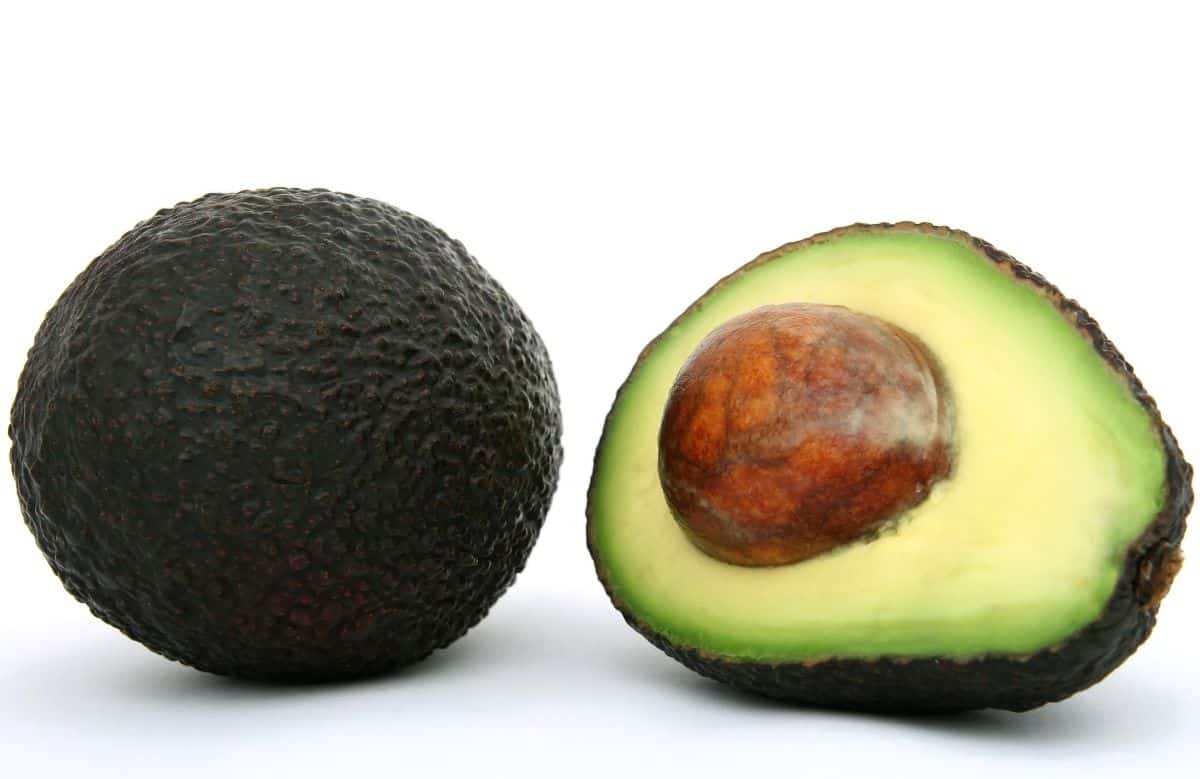
Avocado was relatively unknown in the United States until their popularity of avocados began to grow in the 1990s thanks to the promotion of guacamole as a Super Bowl food.
The avocado further received a bit of a boost from the change in opinion regarding the benefit of healthy fats found it.
Today, the popularity of avocado has moved way beyond guacamole and can be found in so many different types of dishes, such as these avocado appetizers.
Some of my favorite ways to use fresh avocado in meals throughout the day include avocado toast in the morning for breakfast, a chickpea and avocado salad for lunch, and this tasty avocado ranch to add flavor to salads and tacos for dinnertime.
Jump to:
About avocados
Let’s start with a little bit about avocado.
Names: It also goes by the name alligator pear or butter pear but neither name never seemed to stick like avocado.
Where they’re from: Cultivated avocados were found first in South America and Central America and then with the arrival of European settlers to these areas the avocado spread to other parts of the world.
Nutrition: Avocados are high in fat, but the good kind so they are considered a heart-healthy food. In addition, they contain a wide range of other vitamins and minerals including magnesium, B6, vitamin C, vitamin E, and folate which are often problematic for many people.
Varieties: The most popular variety in the United States is the Hass avocado which is relatively smaller in size and has a dark green or purple pebbled skin. Most grown in Calfornia are this variety. Less common is the Florida avocado which has a smooth, much thinner skin. These are lighter in taste but less buttery than the Hass. You may also encounter finger avocados which are unpollinated fruit and look much like a pickle. They have a light flavor and creamy texture.
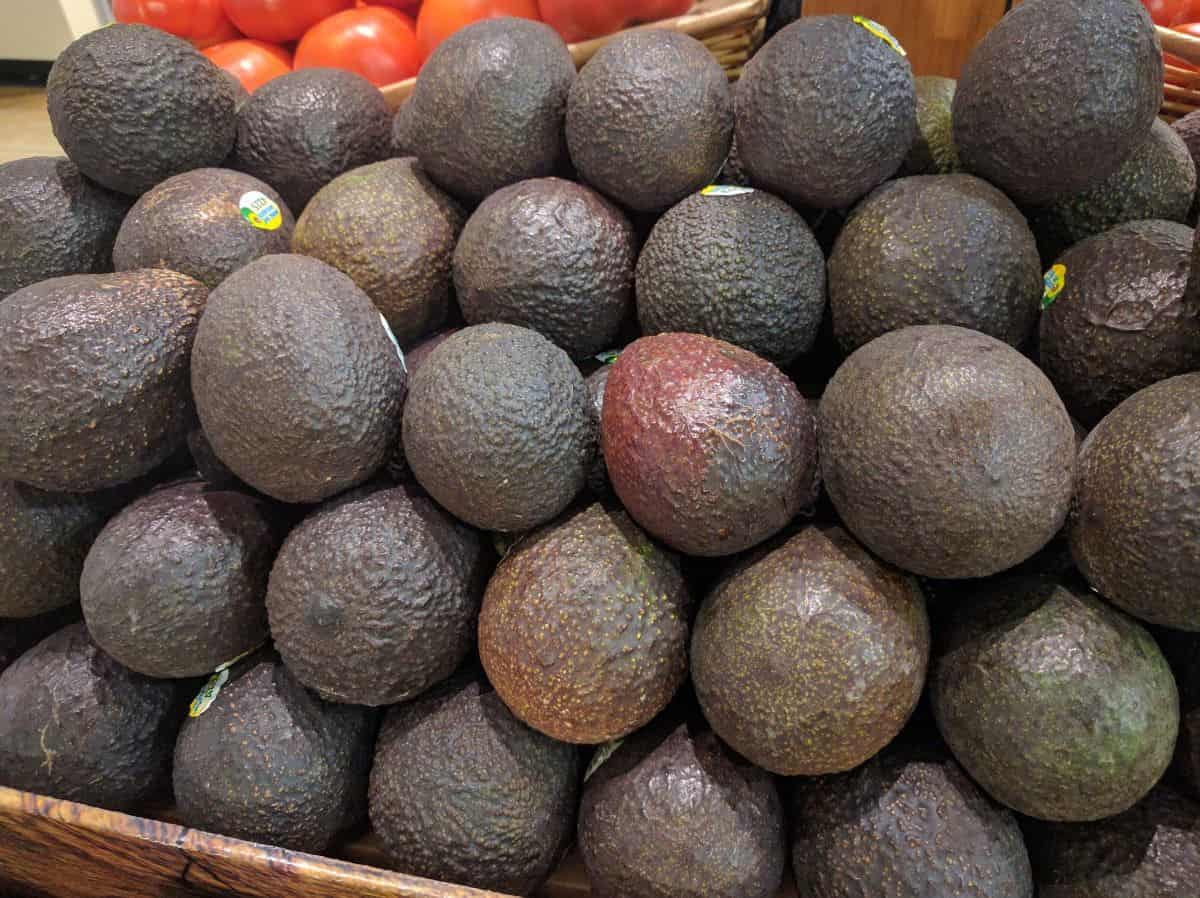
Buying avocados
How long an avocado will last starts with the ones you choose at the grocery store. The three main things to consider are the ripeness of the avocado, the condition it’s in, and when you plan to eat them.
Ripeness and time to eat
Avocados will continue to ripen after they are picked from the tree and are often harvested long before they are ripe so they have time to travel from the fields to the store. So the level of ripeness of the avocado you bring home matters.
When buying an avocado to eat immediately or within 24 hours, choose one that gives in when lightly squeezed.
When buying several days in advance, choose ones that are slightly more firm.
Very hard, unripe ones may take longer to ripen, even up to one week, and unfortunately may not ever ripen.
Condition
The color of the skin of avocado will depend on the variety. Haas avocados have a green to purple color skin. When they are ripe, they should be more purple than green. Florida or Caribbean avocados should have a deep green color.
The area around the stem where the avocado was attached to the tree should be clear of any overly brown color or look too dry. If there is still a knob attached to the end, it should easily come off when the avocado is ripe.
Avoid avocados that are overly soft or have visible dark spots on the skin. This indicates they are overripe or have brown spots on the inside.
Storing avocados
How you store avocados when you bring them home, also affects how long they will last.
Room temperature
The best way to store whole avocados is at room temperature but at a cool temperature.
This allows the ripening process to continue more slowly than at warmer temperatures. If the countertop is warm during the day or summer, try to find a cooler place to keep uncut avocados such as in a dark cabinet or pantry.
Once they reach the proper amount of softness you should eat them immediately or place them in the refrigerator to try to extend the shelf life.
After an avocado is cut, the leftover avocado should be stored in the refrigerator.
How long do avocados last at room temperature?
There’s no easy answer to this question as it truly depends on how ripe the avocados are when you bring them home. But on average:
- Soft, ready to eat: No more than 24 hours
- Slightly soft, almost fully ripe: 1-3 days
- Firmer avocados: possibly up to 7 days
Fridge
Only store avocados in the refrigerator once they are at peak ripeness or after you’ve cut into them. If they are not quite ripe, storing them in the fridge will impede that process and they will not be suitable for eating.
Once it is cut the exposed flesh will begin to take on a brown color. This is caused by oxygen in the air hitting the cut flesh.
You can slow down browning by squeezing some lemon or lime over the cut portion, rubbing some olive oil on the exposed flesh, or tightly wrapping the cut edges will plastic wrap.
Avoid wrapping the avocado directly with aluminum foil as this may cause it to turn brown more quickly.
The shelf life of cut avocados is much shorter. If possible, leave the seed intact when storing as this protects the covered portion of avocado from turning brown. Always store cut avocados in an airtight container or plastic bag.
How long do avocados last in the fridge?
An uncut whole avocado will last a bit longer when moved to the refrigerator but it’s recommended to eat them within 1-2 days for maximum freshness.
Cut avocados may last up to three days after cutting if stored properly (see above) but there is no guarantee.
The exposed flesh may turn a bit brown even if precautions are taken but you can usually trim them off and discover underneath the avocado is still fine to eat.
Can you freeze avocados?
The great thing about avocados is that you can freeze them and will thaw them out with decent results when stored properly.
How to store them properly for freezing
For best results, you only want to freeze ripe avocados. Squeeze a little lemon juice over the top of the flesh or rub lightly with oil.
Then cover with plastic wrap, pressing it along the top or exposed flesh, and store in an airtight container or freezer bag.
They can be stored in the freezer for up to 1 month.
How to thaw frozen avocados
When you’re ready to use them, simply remove frozen avocado from the freezer. They can thaw out in the refrigerator overnight or on the kitchen counter in less than an hour.
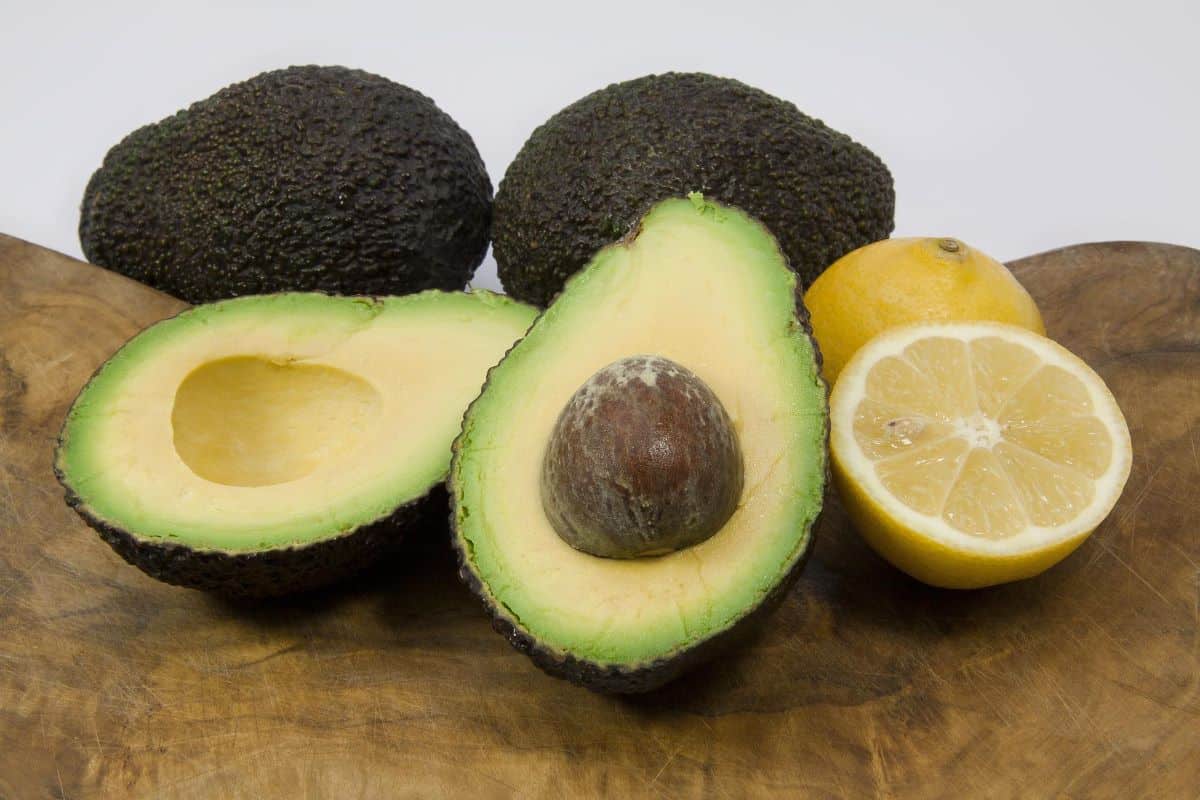
How to serve avocado
Avocado is most well known for its appearance in Latin cuisines though today it is used a variety of different cuisines and reicpes.
Avocado is best eaten cold or slightly heated. If it is heated for too long the flavor becomes slightly bitter.
- Substitute for Mayo: Mashed up or pureed it makes a healthy alternative to mayonnaise with its high monounsaturated fatty acids content. You can use it in just about any dressing or salad either to replace mayonnaise or use a mixture of half mayo and half avocado to make it a bit healthier.
- Salad: Add avocado slices or cubes to any salad including fruit salads.
- Breakfast: Serve up mashed avocado on toast or use them to make green smoothies or smoothie bowls.
- Side dish: Whether simply sliced or made into guacamole, it’s a popular side with all types of Mexican dishes including tacos, fajitas, quesadillas, and burritos.
- Soups and chilies: Diced avocado makes the perfect topping for chili and some soup recipes.
- On their own: Squeeze half an avocado with a bit of lemon or lime juice and a sprinkle of salt and pepper and eat it straight from the peel.
- Sandwich: Add sliced avocado to any sandwich or burger or even use it as the main ingredient and add on all your favorite toppings.
Here are some of my favorite recipes with avocado.
- Chickpea Avocado Salad
- Easy Guacamole Recipe
- Avocado Pasta Salad
- Avocado Lime Ranch Dressing
- Tomato Avocado Toast
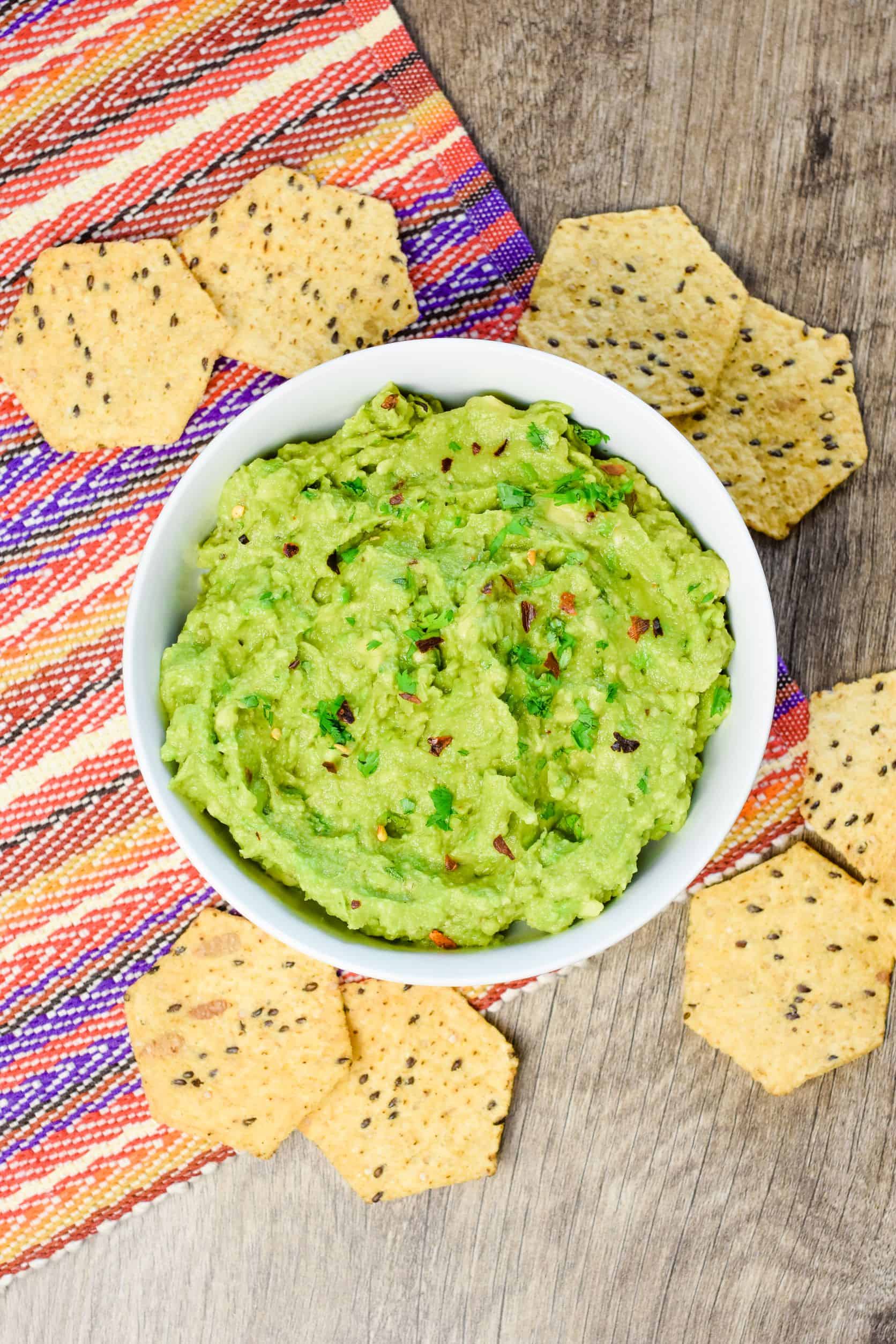
Expert tips to make cut avocados last longer
- Storage: Once cut, store in an airtight container and squeeze with lemon juice to keep it from browning.
- Buy at proper ripeness: It is really best to buy ripe ones to use either that day or within one day.
- Room temperature: Store at room temperature in a cool location until it is cut.
- Avoid hard avocados: Don’t buy rock hard ones as they may be unlikely to ripen.
- Overripe avocado: Avoid buying overly soft ones or allowing the ripen too much before eating. When overripe they are more likely to be brown on the inside when you cut into them.
- Shelf life: The shelf life of avocados varies greatly and is influenced by many factors but following the best practices here means you can give them a longer shelf life and experience less food waste.
Frequently asked questions
If your only option at the store are firm avocados, you can speed up the process by placing the avocado in a closed brown paper bag. As the gases are released from the ripening avocado this will encourage it to ripe more quickly though it still may take 1-3 days depending on how ripe the avocado was when you placed it in the bag.
An avocado is bad if there are excessive amounts of brown spots on the outside or if the area around the stem is overly brown. They may also give off a slightly sour scent when they have gone bad. Once cut it is pretty easy to identify a bad avocado by its brown flesh and smell.
Proper storage and handling of avocados can greatly extend their shelf life. From personal experience, I can say I've had avocados that have gone bad within one day after cutting or lasted in the refrigerator for up to seven days.
What works for me, is to try to buy ripe avocados as close to the time I plan to use them and to store them properly so they will last longer after cutting. This ensures a good chance they will last longer and I can enjoy it in many different ways over a few days.
More to explore
- How to store aquafaba
- How to substitute eggs in cake mix
- How to store hummus
- How to store tofu
- How to store coconut oil
©Watch Learn Eat. All content and images are copyright protected, and are not to be used or republished without prior permission. You may; however, link back to this post on your website as a reference tool. Some images shown in this post are used with permission as part of my Canva Pro subscription. Some images shown in this post are used with permission as part of Creative Commons CCO through Pixabay.com.


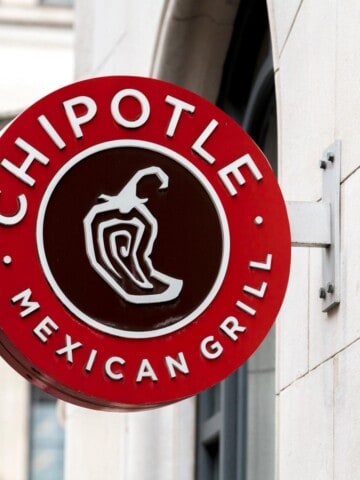


Leave a Reply